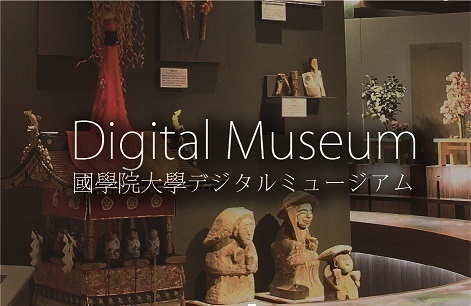- トップ
- Encyclopedia of Shinto
- Shintōkata
Encyclopedia of Shinto
| Main Menu: | |
| Links: |
詳細表示 (Complete Article)
| カテゴリー1: | 3. Institutions and Administrative Practices |
|---|---|
| カテゴリー2: | Medieval and Early Modern |
| Title | Shintōkata |
| Text | A post within the jurisdiction of the Magistrate of Temples and Shrines (jisha bugyō) during the time of the Tokugawa shogunate. A shintōkata had jurisdiction over matters related to Shintō. In the Edo period, the Tokugawa shogunate strove to extend control over shrines nationwide and stipulated the "Regulations Governing All Shrines, Senior Priests, and Other Shrine Functionaries" (Shosha negi kannushi hattō) in the seventh month of 1665. A more substantial regulatory structure emerged with the later establishment of the shintōkata post. The system begins with the first shintōkata Yoshikawa Koretaru (1616-95), who was appointed in the twelfth month of 1682 and received a stipend of one-hundred bales (hyō) of rice. After his death, the post was passed on to his heir Genjūrō Yorinaga. The post thereafter became a hereditary post of the Yoshikawa family, and each subsequent shintōkata assumed the name Genjūrō. Later, the annual stipend increased to one-hundred koku of rice and the Yoshikawa residence was located in Honjo Oshiage. The shintōkata's main duties consisted of researching Shinto texts and investigating authoritative sources and precedents related to ancient Shinto rituals and ceremonial events, but he was also occasionally dispatched to the Grand Shrines of Ise (Ise Jingū) on private missions. The shintōkata was supported by an assistant whom he dispatched (tetsuke deyaku) who was called kamikata. The kamikata received an annual allowance from the shintōkata of thirty hyō of rice plus a rice stipend associated with the kamikata post from the shogunate of five hyō. The post of shintōkata existed until the Meiji Restoration when it was abolished. — Itō Satoshi |




